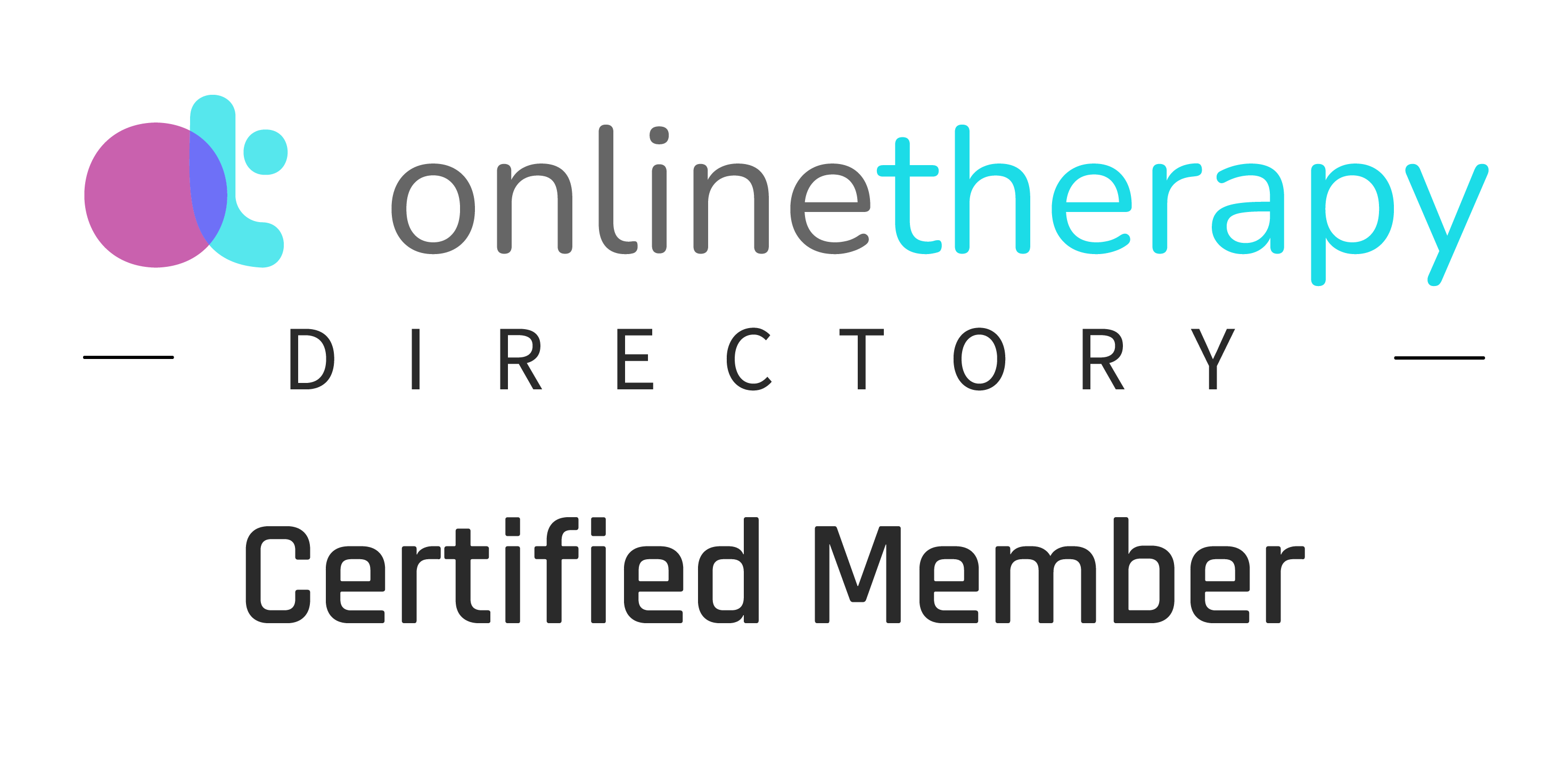Whether it’s New Year’s or the middle of summer, or whether you’ve formally written them down or not, chances are you have more than a few goals in your life. And they’re incredibly important: they give us a sense of purpose and direction, they reflect our unique senses of identity, and they help us to grow and achieve tangible progress throughout life.
But not all goals are created equal. Some goals are inherently more fulfilling than others - for example, research by psychologist Robert Emmons shows that goals related to intimacy (relationships), generativity (contributions toward the next generation) and spirituality are most highly related to well-being. Research even shows that the act of pursuing a goal is just as, if not more important than attaining the goal itself. Ever experienced a major let-down after achieving something you worked tirelessly toward over for a long period of time? It’s completely normal, and happens to the best and most talented of us all.
But what can we do with this information? How can we start making smarter goals? Let’s start with finding goals that are in alignment with both our values and the literature.
The (Almost) Ultimate Goal Checklist:
When you are setting a goal (or even making a major decision), run it through the following checklist:
Is it intrinsically or extrinsically motivated?
Research shows that extrinsic goals, such as financial success, social recognition, and physical attractiveness are negatively related to well-being, and positively associated with anxiety, depression and more. This has led some researchers to refer to our emphasis on fame, fortune and success the “dark side of the American dream.” On the other hand, intrinsic goals, such as personal growth and community contribution are positively associated with subjective well-being.
Ask yourself: Are your goals for you, or are they based on someone else’s standards or definition of success?
Is it authentic?
Does your goal align with your values? Or, my favorite way of putting it: Does it make you feel more like yourself, or who you want to be? Or less?
Is it approach or avoidance-oriented?
Oftentimes we choose a path to simply avoid negative consequences (think: fear of failure, rejection, judgment), rather than actively approaching that which we love or desire. Set your goals up to be positive and approach-oriented. Often a goal to lose weight is just a nicer way of saying you’re avoiding a certain body type. Try making your goal to be strong and healthy instead, and just see what happens.
Is it harmonious with your other goals?
This can actually be a bit tricky as often our goals come into conflict with on another. “I want to be a fully-present parent, but I also want to be able to work late to make partner at the firm.” Or perhaps, “I want to start my own business this year, but I also want to be able to afford that vacation.” While some sacrifices are often unavoidable, it’s an important filter to run your goals through to prioritize those which are most important to you, and to intentionally organize them so they work well and build momentum together.
Is it flexible?
One of life’s simple truths is that you will always know less than future you. As you pursue your goals, build, and experiment, new information will inevitably come in, and you may find that it changes your perspective. Over time you will more likely than not want to change or adapt your goals. Not only is this ok, but it’s a beautiful part of life and growth! We won’t always be able to avoid the challenges of pivoting and recalibrating paths, so the most we can do is plan for it and keep our goals and their outcomes as flexible as we can given the circumstances.
Is it activity-focused?
In the same way the pursuit of a goal can be just as important as achieving the goal itself, goals that are more activity-focused tend to be more intrinsically motivating and self-reinforcing because they are less susceptible to hedonic adaptation (returning to baseline after change). While it might sound trite, reminding yourself that it’s the journey rather than the destination can be one of the most important aspects to your goal (you will be spending significantly more time pursuing it after all!)
Ask yourself: Why is the process of pursuing this goal critical to my well-being?
As a personal note, the above list of attributes and questions was actually one of the most personally useful tools I used when caught between the major decision of going back to corporate or going back to school. I made a chart with each of the attributes on the left, and then compared how each goal stacked up against them. In doing so, I was able to recognize that in pursuing another job in corporate I was simply trying to avoid the possibility of failure, financial insecurity, and the like, rather than actively, intrinsically and authentically being drawn to any of the opportunities as much as I was the idea of psychology or therapy. I was also able to see the value in going back to school and learning as an engaging part of the journey I knew I would enjoy in and of itself.
Making a Plan
Once you have an overarching goal, the next step is to break it down into smaller and more tangible goals (baby goals, next steps, etc.). Not only will this help you make a plan to reach your larger goal, but continuously accomplishing quicker and more manageable goals along the way can significantly boost your motivation and feelings of competence to keep going (more on that below).
Many of you are probably already familiar with the model, but for those of you who haven’t been introduced through performance reviews or other occasions, consider the following “SMART” attributes when making more actionable goals.
SMART Goals:
Specific
Measurable
Achievable
Realistic
Timely
Goals come in all shapes and sizes, but if you are looking for tangible results, SMART planning will help with the actual logistics of taking your goal from idea to reality.
Envisioning Success
Finally, just as important as the goal itself, is our belief in our ability to achieve it. Psychologists call this self-efficacy.
Let’s revisit the idea of “the power of positive thinking.” No, you cannot positive-think yourself a new car like they tell you in The Secret (the bigger problem, in my opinion, is that a car is what we’re wishing for - but that’s another story). However, our beliefs do directly affect our behavior. If we believe we can do something, we will try. If we believe we can’t, we won’t. If we are drowning in self-doubt or wallowing in self-pity, we become down and too lethargic to pursue much of anything. Yet if we are humble yet confident in pursuing a goal, we are more likely to seek out support from our social circles, sometimes exponentially improving our chances of success (see positive and negative spiraling).
It’s not easy to do or undo a sense of self-efficacy (after years of being a straight-A student, my level of confidence in my ability to succeed in any career path completely plummeted during my quarter-life-crisis!), but below are 4 sources (in order of most to least effective) from which psychologists have illustrated self-efficacy can develop.
Sources of Self-Efficacy:
Mastery Experiences - Confidence from actual past performance and success. Why breaking down large goals into small goals you can achieve can create such positive momentum.
Vicarious Experiences - Seeing others like you succeed. If you are having trouble believing in your own success, look to other role models or seek out examples.
Social Persuasion - Positive feedback from others. Surround yourself with those who build you up (“you can do anything when you grow up”), rather than take you down (“remember the last time you tried to start a side hustle?”).
Psychological Response - Once again, you are more likely to believe you will succeed if you are in a good mood than in a bad one. Intentionally create the conditions to put yourself in the right headspace when defining and pursuing your goals.
Self-efficacy, or the confidence in your ability to achieve goals even in the face of challenges, can be important to nurture even before defining your goals because it can make a huge difference in how high you aim in the first place. As always, there is a balance between confidence and over-confidence, or overly-ambitious and unrealistic goals; however, often it’s that we are under-confident in our abilities, and need to be reminded to lift our expectations of ourselves up!
Final Thoughts
Often in yoga we’re asked to set an intention at the beginning of class. Sometimes it’s to challenge ourselves, other times it’s to rest. Some days our intention is to connect to something greater, other times it’s self discovery. It can change from day to day, depending on what we’re facing, and sometimes even over the course of the class itself. But even if the sequence of poses remains constant, what we experience and take away from our yoga class can change dramatically based on the intention we set and return to throughout.
You may have seen some people promote choosing a word or an intention, rather than set a host New Year’s Resolutions this past year. While I’m not sure if there has been research done on the different approaches, I think there can be so much value in finding a more expansive and perennial mission statement to live by, from which all your goals or “resolutions” can flow. While a goal can sometimes be very achievement-oriented, intentions in my experience tend to be more present-oriented. They affect the way you approach day-to-day interactions and relationships, how you talk to yourself, or even what activities and goals you choose to pursue at all.
I encourage you to reflect on what intention you want driving your life right now. Try starting each morning with it, or start with a fresh one. Goals are important, but how you choose to live each and every one of those itty bitty moments every single day can often add up to much, much more.







